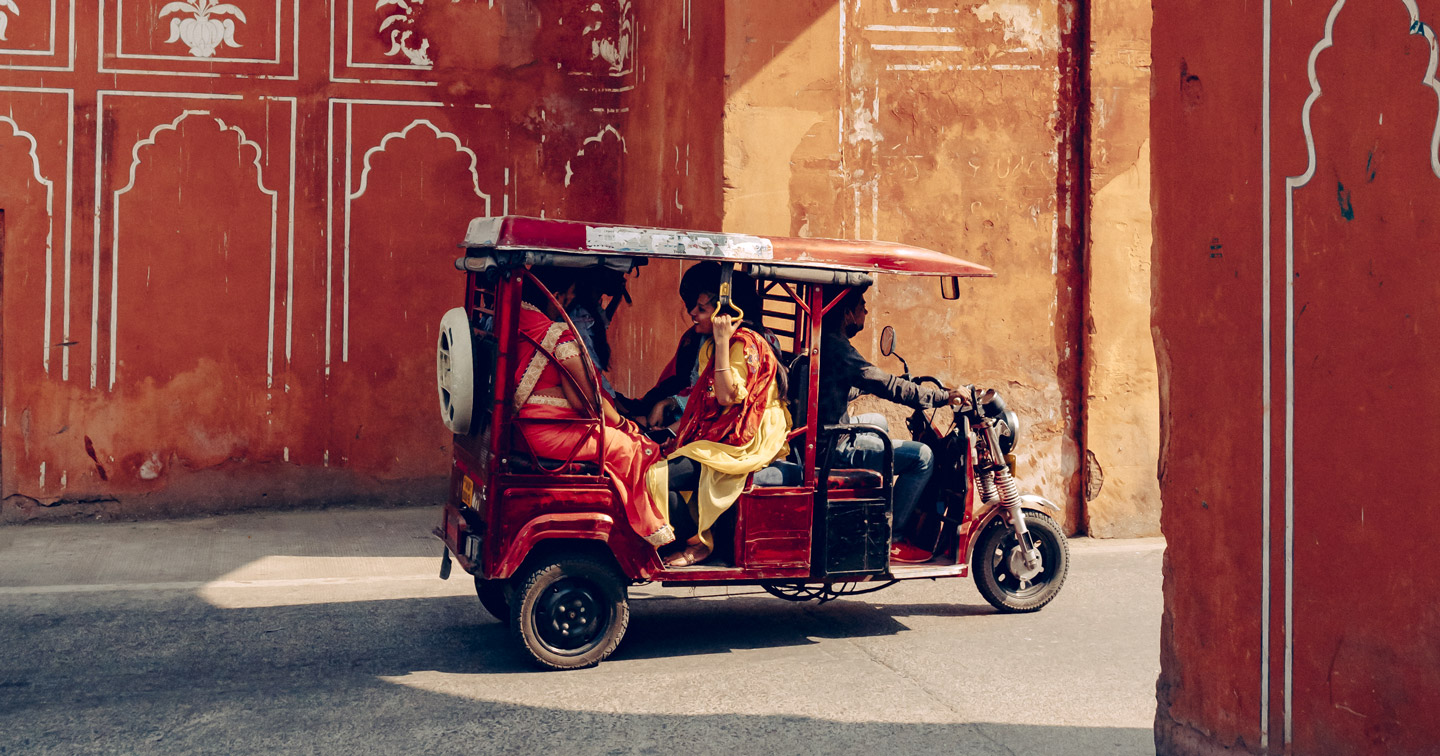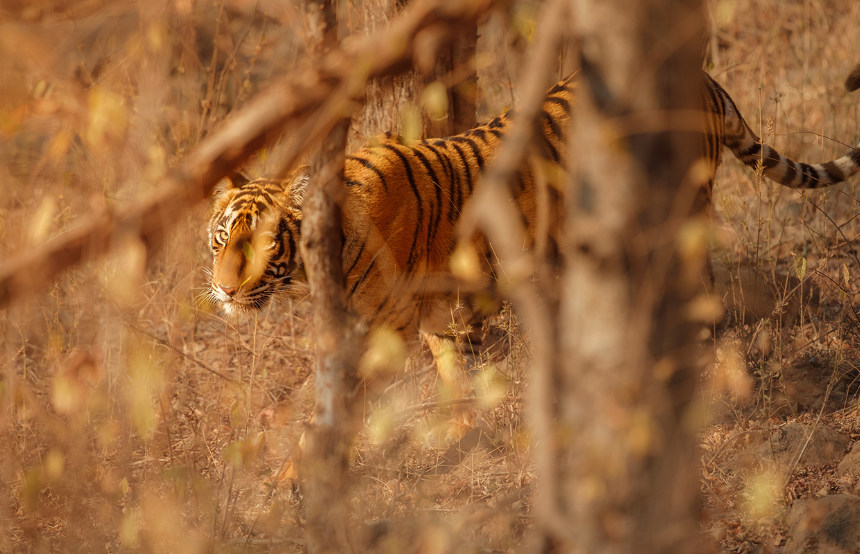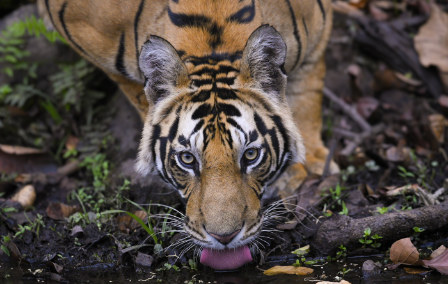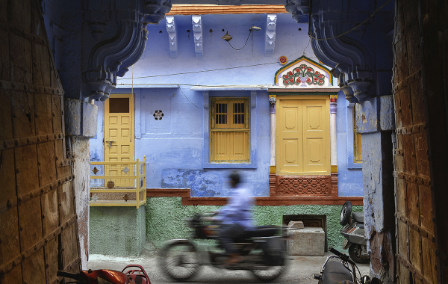Published 13th Apr. 2023
Reading time
There are few things in this world that unite us like a steaming cuppa. While settling down for a brew and a biscuit might seem quintessentially British, it’s an experience we share with many millions of people in India whose day typically begins with a cup of milky chai (the Hindi word for tea), and who enjoy this hot beverage with a sweet Parle-G biscuit throughout the day to keep them going. India is the second-biggest tea producer in the world after China, growing a whopping 1.2 million tonnes of it every year and supplying popular British brands like Tetley and Typhoo. Tea production is so important in India that its north-eastern state of Assam – the country’s largest tea-producing region – has its own informal time zone known as Tea Garden Time (or Chai Bagan Time). To learn more about India’s connection to this wonderful plant, read on for our overview of tea in India.
While some people credit British colonists with the introduction of tea to India, the country’s indigenous Singpho and Tangsa communities have in fact been brewing the plant for centuries. The leaves were originally used for medicinal purposes, and today tribes continue their age-old practice of brewing tea in bamboo tubes. In the early 1820s, the British East India Company began planting tea for commercial use and converting vast swathes of land for tea growing in order to halt the Chinese monopoly on tea production. This began in Assam, where the Singphos cultivated their tea, and eventually expanded to the higher Himalayan region of Darjeeling with the introduction of Chinese tea plants. Today, these remain the two main tea growing regions in India along with the Nilgiris. Because it was expensive, tea was originally reserved for people of a high status. But thankfully times have changed, and tea is now regarded as India’s national drink, enjoyed daily by people all over the country.
Brits may quibble about exactly how long you should steep the tea bag for, or whether or not it’s sacrilege to add sugar to your brew, but Western tea-drinking habits are, in fact, fairly uniform compared to India’s. From region to region and household to household, ways to prepare tea vary vastly in India. Kashmir is the place to enjoy noon chai – also known as pink tea – brewed with green tea leaves, bicarbonate of soda, milk, cardamom and salt to produce a dark pink beverage with a distinct flavour. Butter tea is enjoyed in the Himalayan regions of India. True to its name, the recipe includes butter (traditionally yak butter) along with milk, salt and a tea-like plant, resulting in a rich and smooth drink that’s perfect for warming you up in the country’s colder regions. Masala chai is perhaps the most popular tea drink in India, literally translating to ‘spiced tea’. There are countless ways to prepare masala chai, but it always involves black tea simmered with spices and milk, usually cinnamon, cardamom and cloves. If ginger is added to chai, the drink is known as adrak chai.
If you’re a tea lover, you’ll be pleased to know that India’s streets are scattered with countless tea stalls known as chaiwalas (also spelled chaiwalah or chaiwallah). These stalls are found throughout the Indian subcontinent, and in India you’ll come across them all over major cities such as Delhi and Mumbai. At night, you can also buy chai from chaiwalas travelling through the city on bicycles. A cup of spiced milky tea from a chaiwala costs around 10 rupees (10p), and this warming drink is the perfect pick-me-up at any time of day. Aside from chaiwalas, there are also plenty of cafes and tea rooms where you can get your fix of tea in India. These typically serve multiple varieties of tea, from classic Indian brews to more expensive floral and herbal combinations.
Chaiwalas may sell their tea to the clamour of urban chaos, but their star ingredient is cultivated in another world, one where emerald hillsides are set to a backdrop of snow-capped Himalayan peaks. If you’re looking to escape to cooler air and bucolic surroundings, we recommend a trip to Darjeeling. Here, you can take a private tour of the Darjeeling Tea Estate to learn about how tea is produced, and sample freshly picked tea in lush surroundings. Darjeeling has a colonial past, acquired initially by the British to be a sanatorium and subsequently developed as a tourist destination for the British ruling class and wealthy Indians. As a result, it’s full of colonial-style architecture that gives the town a certain old-world charm, the perfect atmosphere for learning about the history of one of the world’s most prominent tea producers. Tea tours are also available in the Nilgiri mountains and in the many tea gardens of Assam, each offering a tasting experience that’s unique to that region. If you’d like to learn about indigenous tea making, you can visit the remote Singpho village where the story of tea in India began.

Our eager experts have explored India from its mountainous north to its tropical south in search of the best destinations, experiences and properties. In-country, our passionate team of Concierges share a love of India and are always on hand to impart extensive knowledge of their country. Working with phenomenal local guides across the country, we tailor experiences to your specific interests, from family-friendly block printing in Jaipur to city food tours and off-the-beaten-track wildlife safaris. Whether you’d rather call a historic palace or a humble guesthouse home, we can offer your dream accommodation while in India.
ENQUIRE NOWPractical advice and inspiration for your next trip

Searching for the best safaris in India? We’ve got you covered. Whether you’re keen to track tigers in Madhya Pradesh, admire Asiatic lions in Gujarat or photograph forest eagle owls in Kerala, your India holiday awaits. While Bengal tigers steal the limelight in Bandhavgarh National Park, don’t forget about the shaggy sloth bears (though they’re not as cuddly as they look). Feeling up for the adventure?
15th September 2025 - India Safari & Wildlife

With their sleek, tangerine-tinged coats, piercing eyes and commanding presence, nothing beats the thrill of seeing a tiger in the wild. And where better than in India, home to the largest population on Earth? But when it comes to the best time to see tigers in India, it all depends on what you want from your trip. Whether you’d rather vivid green landscapes or crowd-free safaris, we’ve got the insider intel on when to see India’s famous big cats.
23rd June 2025 - India Safari & Wildlife

India has long been a favourite destination here at Original Travel. It's the kind of country that inspires a lifelong affinity; travellers become hooked on the kaleidoscope of colour, energy and spirituality that pulsates throughout the nation. From India’s remarkable landscapes and diverse cities to its thriving wildlife and creative cuisine, there’s always more to explore. Keen to discover more reasons to visit India?
25th May 2025 - India Travel Inspiration

Our team of destination experts will get to know you and your unique requirements for your holiday

We work with you to build an ultra-personalised holiday itinerary with your choice of accommodation, experiences and activities

All of our holidays include little extras designed to make a big difference to your trip, from fast-tracking you through airport check-in and security to our network of local Concierges